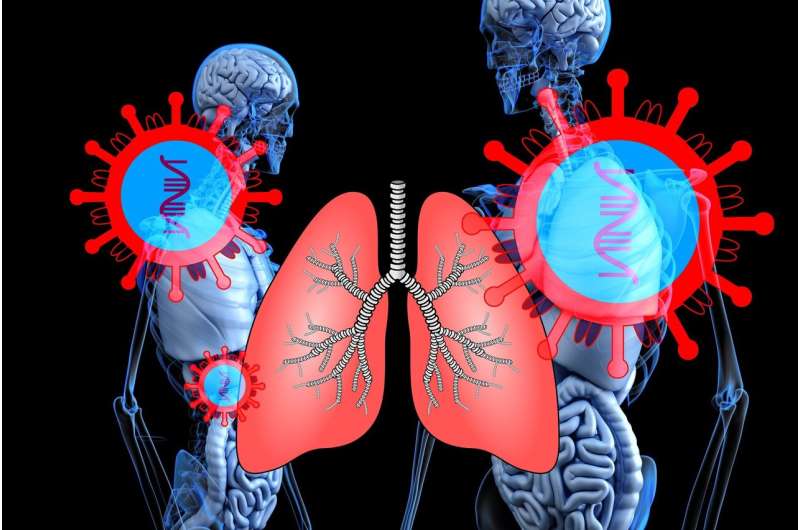Lung cancer screening increases percentage of Stage I cases detected, while reducing percentage of Stage IV cases

Implementing lung cancer screening at four diverse healthcare systems resulted in an 8.4 percent increase in the number of Stage I lung cancers detected and a 6.6 percent decrease in Stage IV disease, according to research published in the Journal of Thoracic Oncology.
According to lead investigator Anil Vachani, M.D., University of Pennsylvania, despite the positive results from the NLST and NELSON trials, the effectiveness of lung cancer screening in clinical practice has not been clearly demonstrated.
For example, Dr. Vachani pointed out that study procedures utilized in the NLST and NELSON trials resulted in very high adherence to annual screening, but observed rates in community settings have been considerably lower, including at the health systems included in this analysis.
The Population-based Research to Optimize the Screening Process (PROSPR) Lung Consortium 114 is a collaboration of five diverse healthcare systems, including Henry Ford Health System (HFHS), 115 Kaiser Permanente Colorado (KPCO), Kaiser Permanente Hawaii (KPHI), Marshfield Clinic Health 116 System (MCHS), and the University of Pennsylvania Health System (UPHS). In this study, MCHS was not included.
To examine this issue in greater detail, Dr. Vachani and colleagues from four other healthcare systems performed a multicenter cohort study of patients diagnosed with a primary lung cancer between January 1, 2014, and September 30, 2019. The primary outcome variables were cancer stage distribution and annual age-adjusted lung cancer incidence. The primary exposure variable was receipt of at least one low-dose CT for lung cancer screening prior to cancer diagnosis.
Dr. Vachani and colleagues restricted the cohort to adults diagnosed with primary in situ or invasive lung cancer between January 1, 2014 and September 30, 2019. Participants were excluded if they had received a previous lung cancer diagnosis, were younger than age 55 or older than age 80, or had a tobacco use history documented as "never" or that was missing.
Of the 3,678 individuals who were diagnosed with an incident lung cancer during the study period; 404 (11%) of these were diagnosed after initiation of lung cancer screening. As screening volume increased, the proportion of patients diagnosed with lung cancer after screening initiation also rose from 0% in Q1 of 2014 to 20% in Q3 of 2019. Lung cancer screening did not result in a significant change in the overall incidence of lung cancer (AAPC, -0.8 [95% CI -4.7, 3.2]) between 2014 and 2018. Stage specific incidence rates increased for Stage I cancer (AAPC, 8.0 [95% CI 0.8, 15.7]) and declined for Stage IV disease (AAPC, -6.0 [95% CI -11.2, -0.5]).
The annual rate of Stage I lung cancer increased by an average of 8.4% and was accompanied by an average decline of 6.6.% in Stage IV disease. By 2018, these changes in incidence resulted in a higher rate of Stage I cancer compared to Stage IV cancers. This migration to early-stage disease with no change in the overall incidence of lung cancer suggests that implementation of screening was achieving the desired effect of identifying early-stage lung cancers that were destined to progress to more advanced stages of disease, and without resulting in a significant rate of over-diagnosis.
"Implementation of lung cancer screening at four diverse healthcare systems has resulted in a favorable shift to a higher incidence of Stage I cancer with an associated decline in Stage IV disease," Dr. Vachani said. "Overall lung cancer incidence did not increase, suggesting a limited impact of over-diagnosis."
More information: Anil Vachani et al, Stage Migration and Lung Cancer Incidence After Initiation of Low-Dose CT Screening, Journal of Thoracic Oncology (2022). DOI: 10.1016/j.jtho.2022.08.011




















